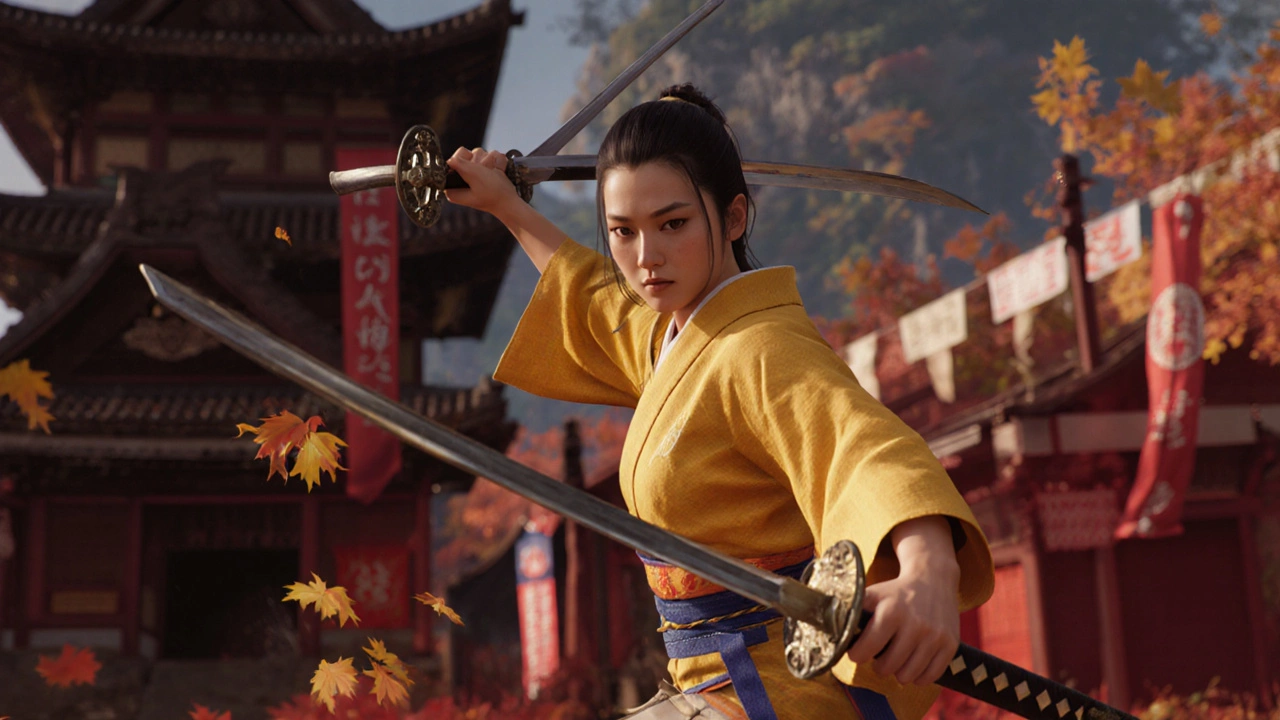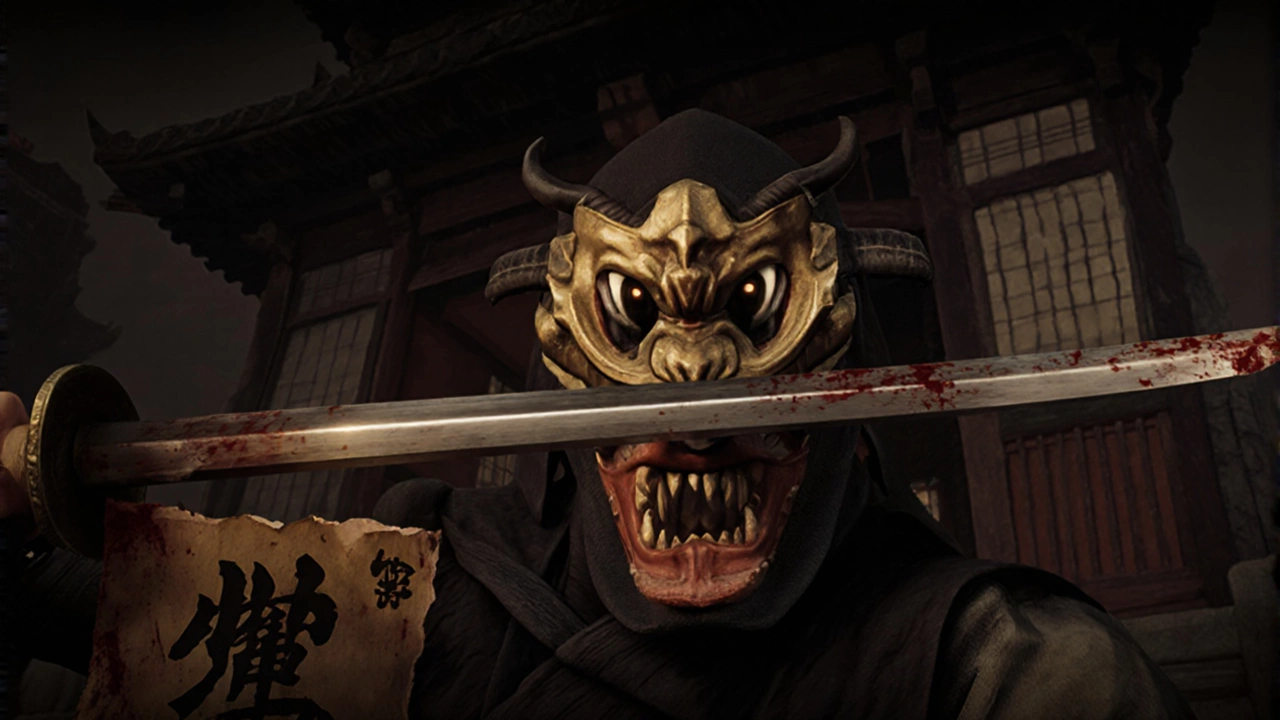A Darker Setting and a New Heroine
When you first boot up Ghost of Yōtei on a PS5, the first thing you notice is the weather. Thick clouds hang low over the island of Ezo, and the sea crashes against jagged cliffs in a way that feels almost oppressive. That gloom replaces the sun‑kissed beaches of the previous game and instantly tells you this sequel is going for a more grounded, gritty tone.
The story follows Atsu, a former swordsmith’s daughter whose family was slaughtered by the ruthless Lord Saito and his crew, the Yotei Six. Voiced by Erika Ishii, Atsu is less a disciplined warrior and more a wounded animal, driven by raw anger and deep sorrow. Her quest for vengeance gives the game an emotional core that feels more personal than the broader, almost mythic heroics of Jin Sakai.
Flashbacks pepper the narrative, showing quiet moments like Atsu learning the shamisen from her mother or soaking in a hot spring after a brutal fight. These scenes aren’t just filler—they give a human face to the revenge plot, making each kill feel weighted.

Gameplay, Combat, and World Design
The combat system is where the game truly shines. Sucker Punch has taken the hybrid style they introduced in the first title—part Arkham, part Sekiro—and tightened it up. Parries feel snappy, counters flow without a hitch, and the new assassination moves add a fresh layer of strategy.
Atsu’s move set includes smoke bombs for disappearing acts, kunai throws for quick dispatches, and a new “blood‑splatter” finish that lets you flick blood off the blade before she sheathes it. The animations are brutal yet graceful, making each fight feel like a carefully choreographed dance.
Open‑world exploration is intentionally restrained. The wind navigation system returns, guiding you with gusts that point toward points of interest. Instead of a cluttered map, you’ll see gold birds soaring overhead, fox cubs playing near hidden shrines, and Atsu’s shamisen playing softly to signal nearby collectibles or hot springs. This makes wandering feel organic rather than a series of waypoint clicks.
- Kurosawa mode – black‑and‑white visuals with Japanese audio for a classic cinema feel.
- Takashi Miike mode – cranks up blood and gore for those who want extra carnage.
- Watanabe mode – adds lo‑fi beats inspired by Samurai Champloo to the soundtrack.
Each mode is a toggle, letting you customize the aesthetic without breaking immersion. The new Takashi Miike mode is especially striking during larger battles, turning sword slashes into a vivid, almost surreal display of crimson.
Weapon variety also got a boost. Alongside the katana, you can wield a spear, a bow, and an experimental “storm blade” that crackles with electricity—perfect for taking down armored foes. The builds system is simple: you pick a primary combat style and tweak a few perks. It isn’t deep enough for hardcore RPG fans, but it lets you focus on stealth or all‑out aggression with ease.
Side activities still lean on familiar formulas. There are a few platforming sections that echo Uncharted’s style—swinging on ropes, climbing crumbling towers—but they’re brief enough to not feel like a chore. The more rewarding moments come from hunting rare fish, discovering hidden shrines, or mastering the shamisen minigame that unlocks new music tracks.
Technical performance on the PS5 is flawless. Load times are essentially invisible, and the game runs at a steady 60 frames per second, even during massive crowd fights. The lighting system captures the stormy atmosphere beautifully, with rain patterns that interact with the environment in real time.
All told, Ghost of Yōtei doesn’t reinvent the wheel, but it polishes every spoke until it shines. The darker aesthetic, tighter combat, and culturally respectful design choices make it a worthy sequel that stands on its own. Whether you’re a fan of the first game or a newcomer drawn to samurai action, this title offers enough depth and style to keep you hooked for hours.
